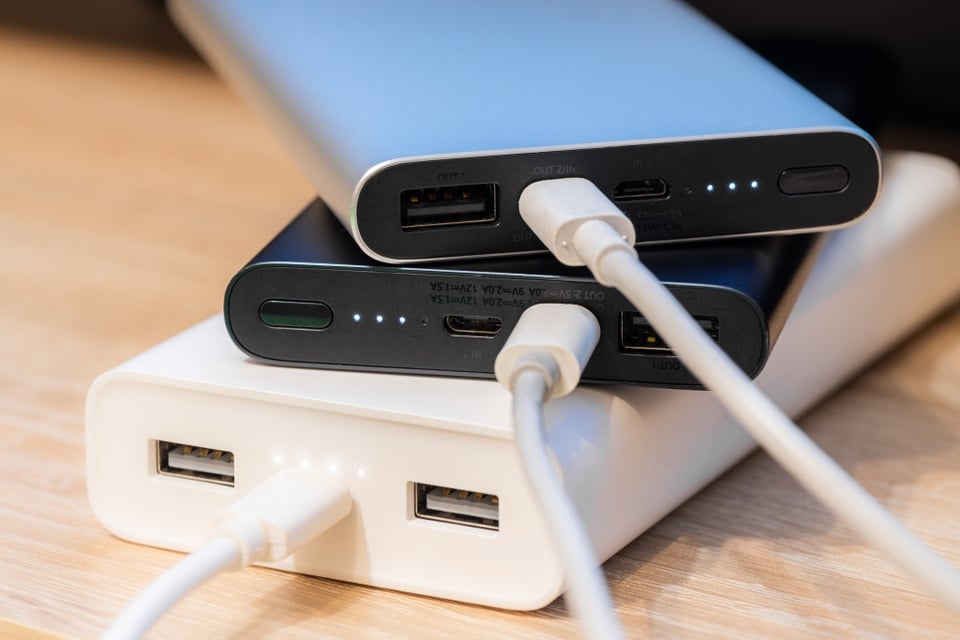 |
Romoss and Anker have had to recall a total of 1.2 million power banks due to the risk of fire and explosion. Illustration photo: Shutterstock. |
Chinese manufacturers of power banks, accessories used to charge smartphones, tablets and laptops, are facing a crisis of confidence after a series of product fires on commercial flights.
According to SCMP , the above situation has forced many companies to recall their products, while the Civil Aviation Administration of China (CAAC) has banned low-quality power banks from being brought on board. This is considered the safest precaution, effective from June 28.
By law, lithium-ion batteries without the 3C safety certification label, a mandatory quality assurance standard for many products sold in China, are banned from being brought on domestic flights. However, the policy has left many passengers confused, with power banks being left behind in droves at the airport.
Reasons why power banks catch fire
Not only China, aviation authorities of many countries/territories in Asia have also tightened regulations on power banks since the beginning of April. Most of them prohibit passengers from using power banks during the flight and do not allow them to be placed in the carry-on luggage compartment.
The scandal began in March when a 20,000 mAh power bank made by Shenzhen-based Romoss Technology caught fire in the luggage compartment of a Hong Kong Airlines flight departing from Hangzhou, capital of Zhejiang province.
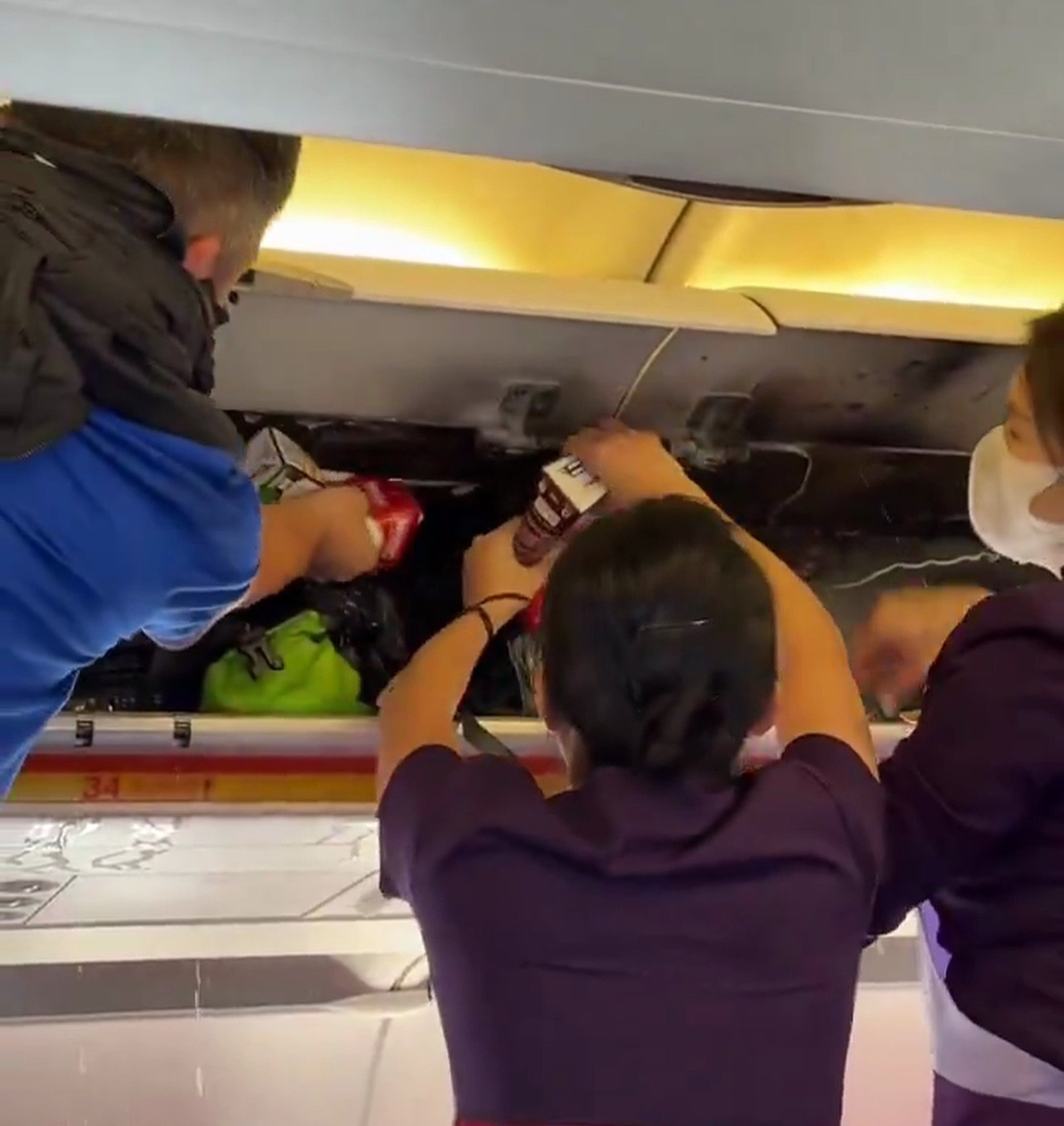 |
Passengers and crew of a Hong Kong Airlines flight use water to put out a fire caused by a power bank that caught fire. Photo: SCMP . |
The plane carrying 160 passengers and eight crew members had to land at Changle International Airport in Fuzhou, the capital of Fujian province.
In June, another Romoss charger caught fire in a dormitory in Beijing, prompting 21 universities to announce they would stop using the company's power banks.
As of June 16, Romoss has recalled 490,000 power banks of three different models due to battery cell problems.
Anker Innovations, another popular Chinese power bank maker, also announced a recall a few days later. The recall involved 710,000 chargers of seven different models in the domestic market alone.
According to Anker's announcement, the problem originated from an unnamed battery supplier, claiming "unapproved changes in raw materials" that reduced insulation, leading to overheating when used repeatedly.
Trade quality for price
Currently, neither Romoss nor Anker have publicly named the suppliers responsible for the defective battery cell components.
According to an investigation by China Central Television ( CCTV ), the recalled power banks used battery cells contaminated with metal particles. This shows that there is a problem with the supply chain monitoring process.
CCTV identified Apex (Wuxi) as the battery cell supplier for Romoss. Following the broadcast, the State Administration for Market Regulation (SAMR) of China suspended and revoked 74 3C certificates issued to Apex (Wuxi), formerly Amprius (Wuxi).
Chinese regulators are expected to complete a three-month review of power banks and battery cell quality by the end of July. With the lithium-ion battery warehouse sealed, Apex (Wuxi) Chairman Wang Nianju said the company had to suspend production until the investigation is completed.
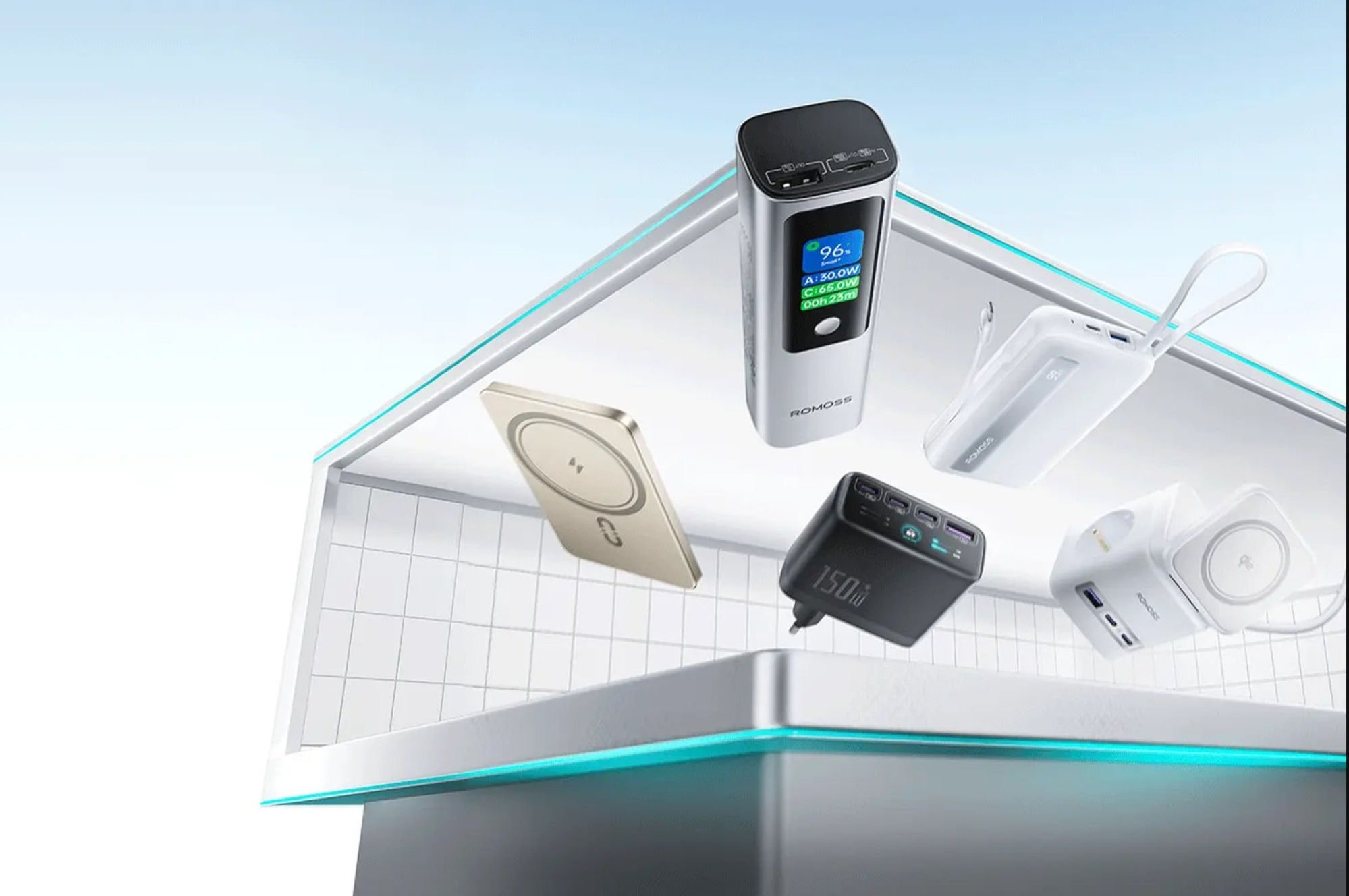 |
Some of the chargers advertised on Romoss Technology's website. Photo: Romoss . |
Apex (Wuxi) has yet to comment on the supply chain issues. Rumors have it that the company outsources some of its downstream supply processes to third parties who have replaced the heat-resistant ceramic coating with cheap plastic, which can cause battery cells to short-circuit.
Meanwhile, Anker has suspended all battery cell imports from Apex (Wuxi) and switched to another supplier.
In early July, Romoss said it had suspended all production for at least six months and closed stores on major Chinese e-commerce platforms following the recall of its power banks.
Anker and several brands using battery cells from Apex (Wuxi) such as Xiaomi, Baseus and Ugreen, are among the top 10 largest power bank brands in China in 2024.
Some say that the intense competitive pressure has forced many power bank companies to sacrifice product quality to reduce prices. For example, the average price of a Romoss power bank has dropped from around $20 to $10 after four years, while quality battery cells typically cost $5-$7 .
Currently, China's market regulator is building a strict system to manage the power bank supply chain, involving market entry criteria and quality compliance.
Source: https://znews.vn/chuyen-gi-dang-xay-ra-voi-sac-du-phong-trung-quoc-post1569887.html


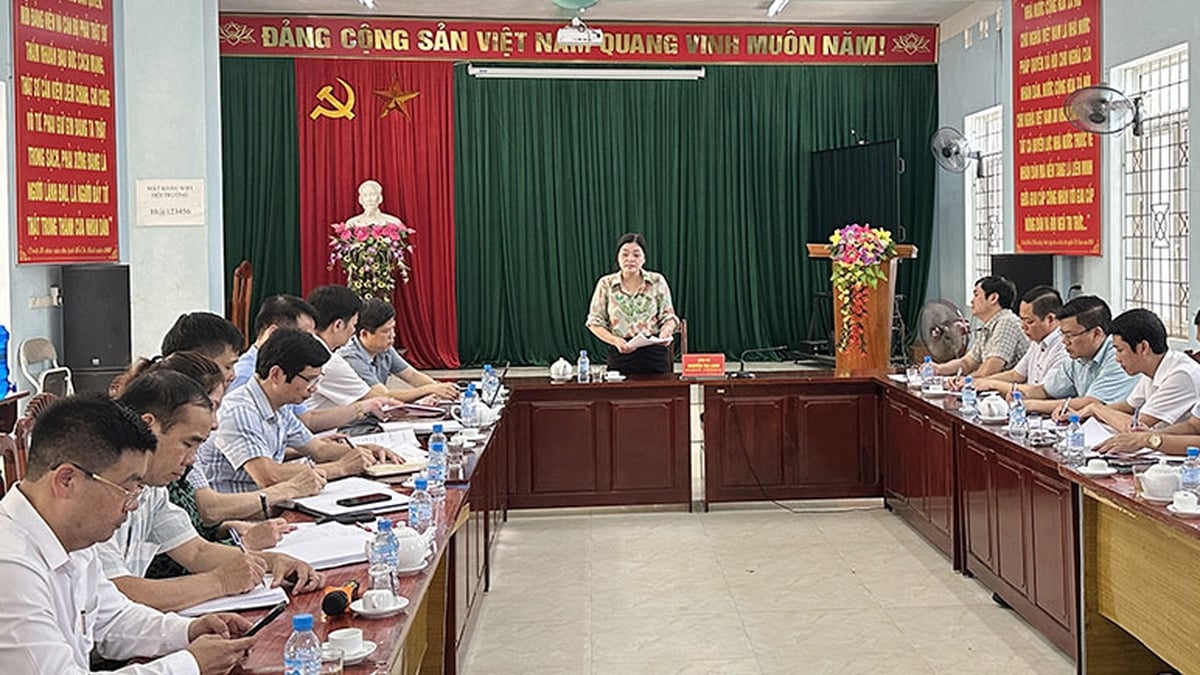
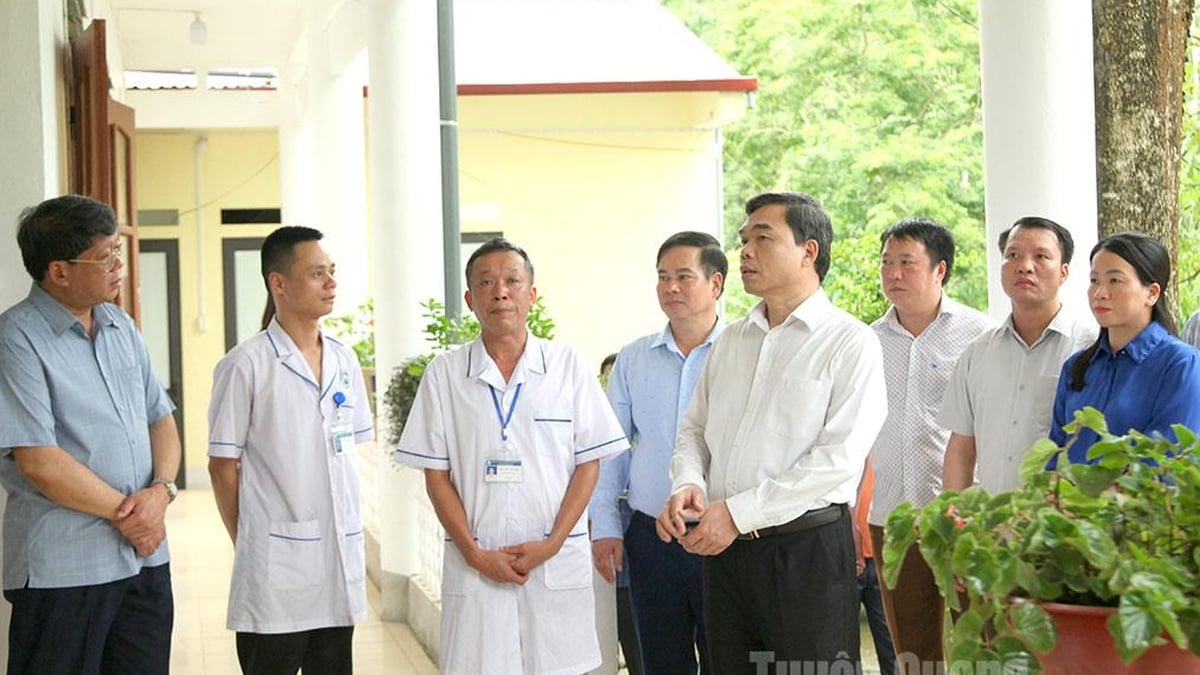
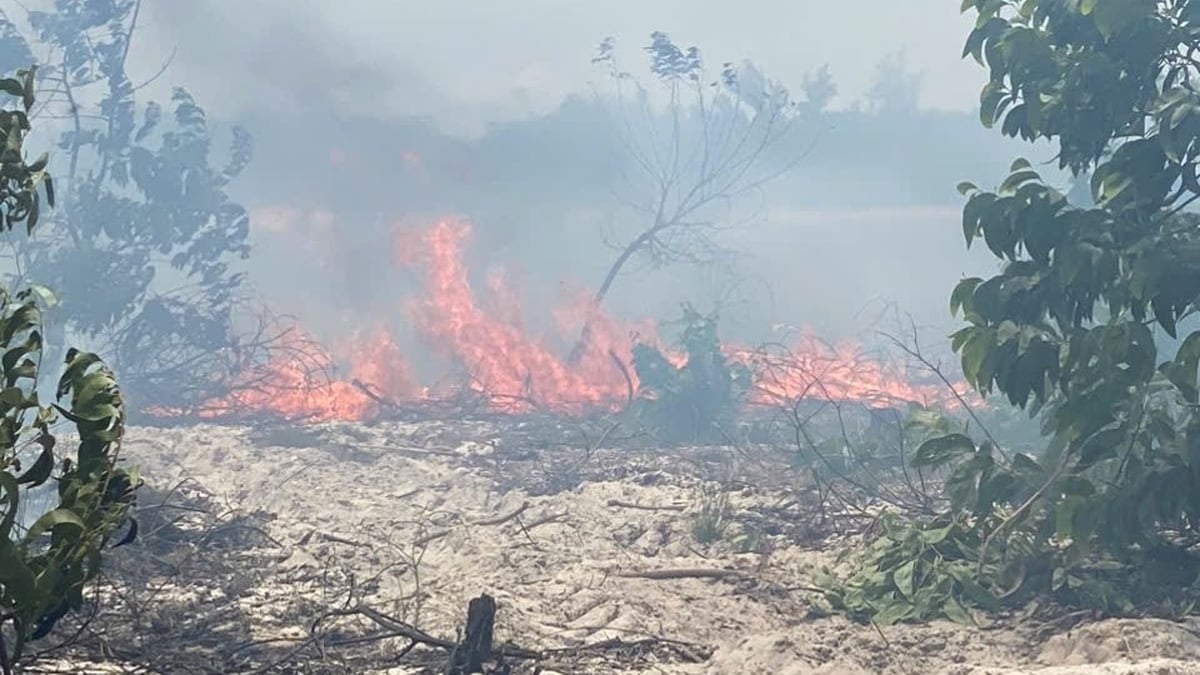
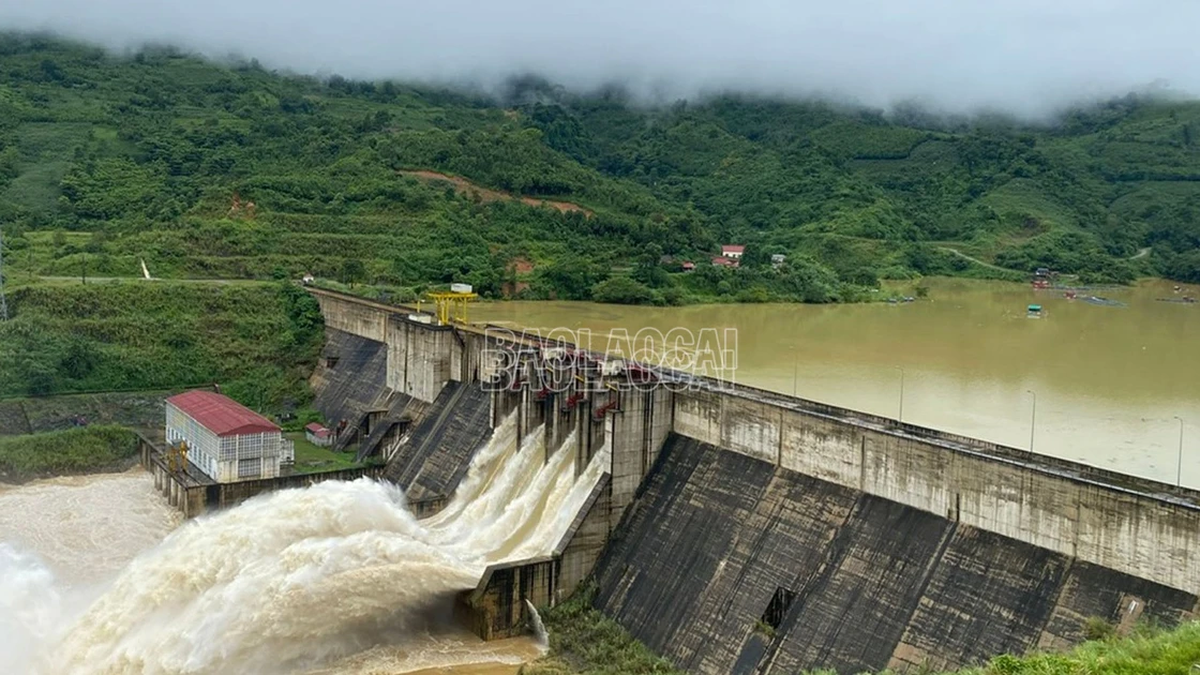

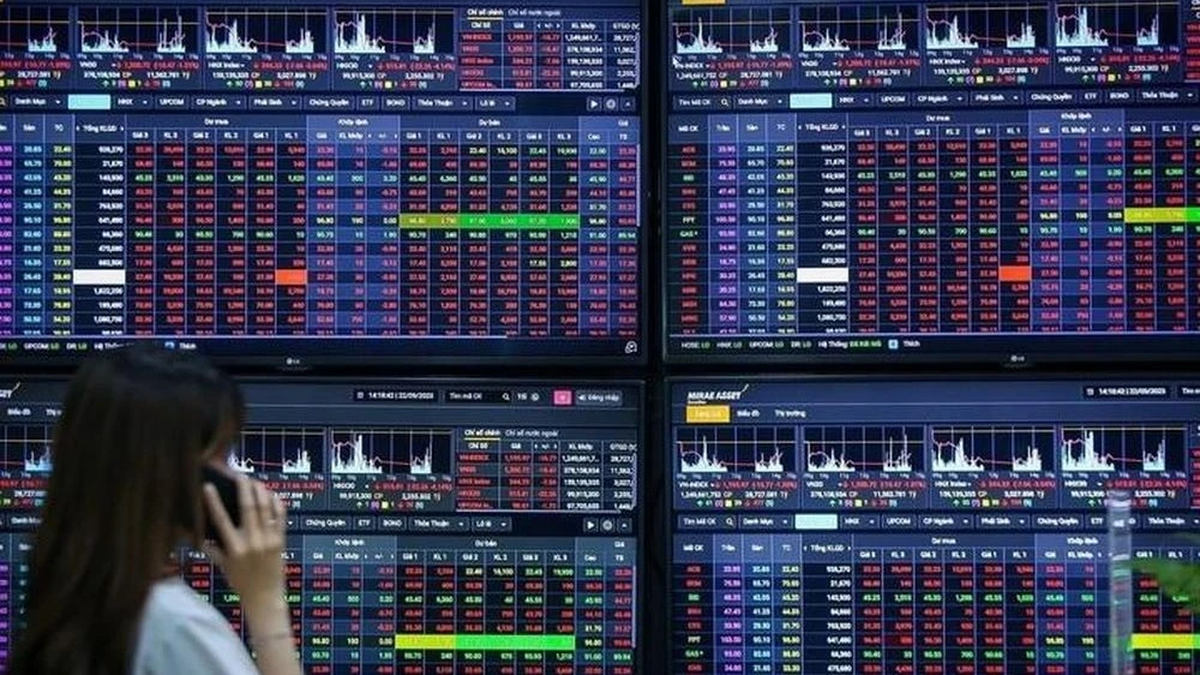
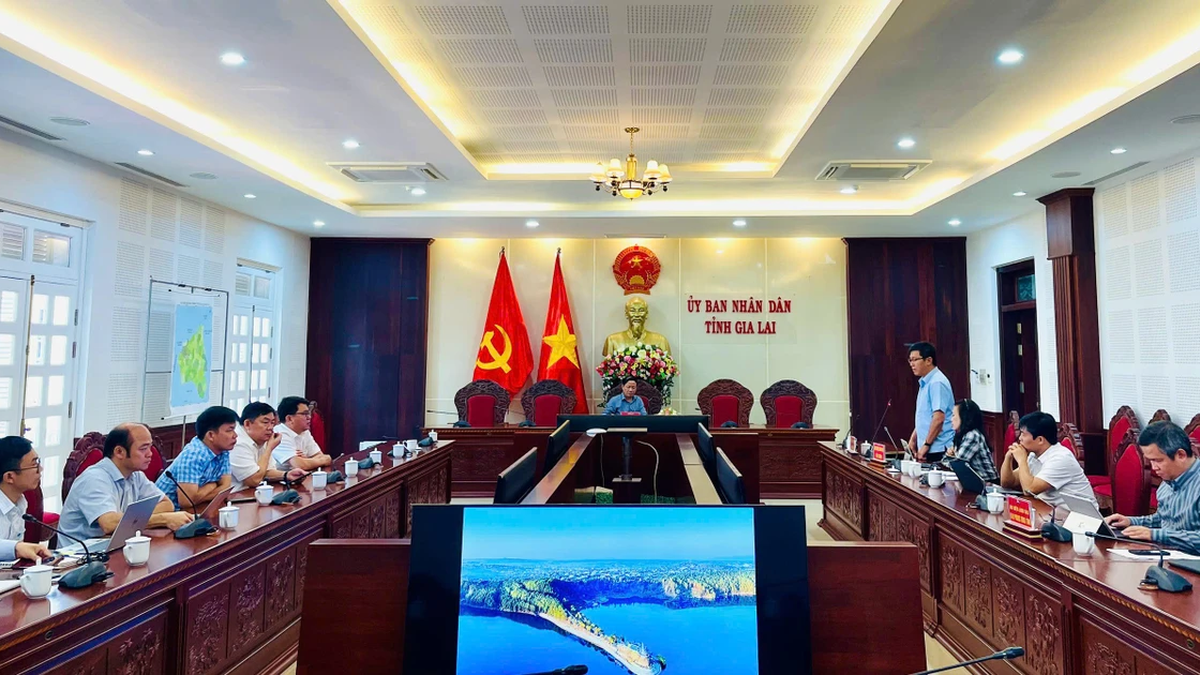

























































































Comment (0)